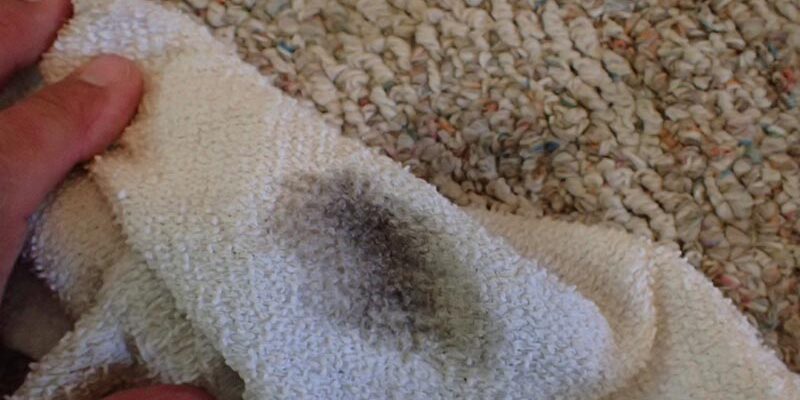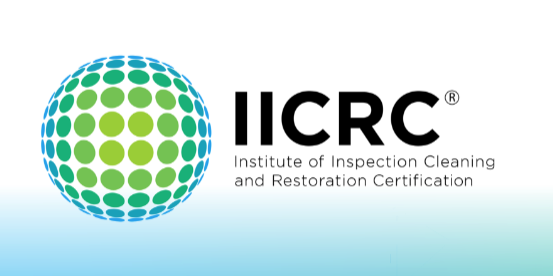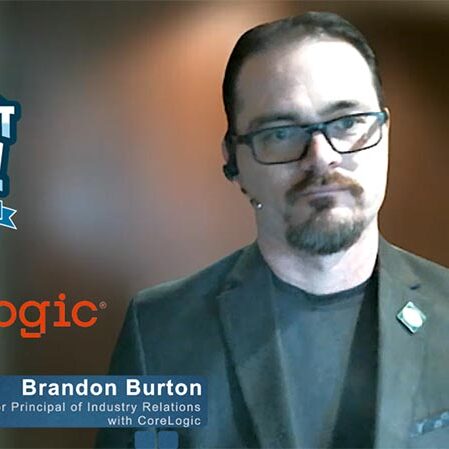What’s in Your Formula: Analyzing cleaning fundamentals

If you have attended a carpet or furniture cleaning workshop, you might recall being taught the four “fundamentals of soil suspension.”
To recap, they are chemical action, heat, agitation and time. Most likely they were summed up with the acronym”CHAT” to make it easier to memorize.
Our industry is suffering because of a dubious usage of words. I will share examples later in this article. For the moment, let us say that the “fundamentals of soil suspension” should be the theory of how we clean. There are four other fundamentals of cleaning that should be considered and understood by you, the professional cleaner.
The four are:
- Chemical reactions
- Dissolving
- Absorption
- Encapsulation.
They all have distinct differences; therefore, let us study the fundamentals of these.
#1: Chemical reactions
As opposed to chemical actions, chemical reactions change substances into other substances. There are three types of chemical reactions:
- Acids and alkalines
- Oxidizers and reducers
- Biological reactions.
To understand chemical reactions, one needs to understand atomic particles — which are electrons, protons and neutrons.
- When substances become new substances by transferring protons, the reaction is due to acidity and alkalinity. Acids yield protons while alkalis receive them.
- When substances become new substances by transferring electrons, the reaction is due to oxidizers and reducers. Reducers transfer electrons to oxidizers.
Both work faster with increased heat. Biological reactions generally come from enzymes but work within narrow ranges of temperature.
The IICRC R100 Reference Guide for Professional Cleaning of Textile Floor Coverings — in Chapter 2, “Chemistry of Cleaning,” and in the section titled “Fundamentals of Cleaning Chemistry” — says, “States of matter and polarity are the foundational concepts that detergency is based upon. Practical understanding of these topics is essential.”
Taking this approach brings greater clarity to understanding these four elements.
The remaining three elements we will discuss (dissolving, absorption and encapsulation) are not chemical reactions; they are actions made possible by chemistry.
#2: Dissolving
Dissolving is about detergency from liquids that make liquids. Liquids that change the state of soils into liquids are called solvents. The R100 says, “Non-solids have innate ease at moving freely; therefore, some solids will have to be transformed to another state to have detergency.”
Polar liquids are coiled wet-solvents; non-polar liquids are called dry solvents. A soil must have a similar polarity to a solvent in order to be dissolved. Solvents have a special ability to remove soil that has absorbed into the fibers.
#3: Absorption
Absorption is about detergency coming from solids. Substances that absorb other substances are called absorbents. Detergent absorbents are either a free-flowing granular, such as a powder, or textiles, such as bonnets.
Absorbents do not change the state of the substances they absorb; however, it is still based upon having similar polarities.
Absorbents can also remove absorbed substances that absorb into fibers. Absorbents have an advantage over solvents in that dry solvents can leave sticky residues or create potentially flammable and/or potentially toxic vapors.
#4: Encapsulation
Encapsulation is about detergency from substances that form crystals or films. They too deal with adsorbed soils, but unlike surfactants, they are a positive (good) residue in that they have properties like soil protectants.
They are also different from surfactants in that surfactant detergents often gain power with increased alkalinity, while encapsulants generally form films at specific pH values.
Suspension and emulsification
Suspension and emulsification mimic the fluid mechanics of solvents, but the soil does not change its state from being a soil. Suspension deals with insoluble solids, while emulsification deals with oils in aqueous solutions. Suspended solutions are cloudy or opaque, whereas solvent solutions are clear even after they dissolve other substances.
The chemical that commonly creates suspension or emulsification is called a surfactant. The term surfactant is derived from “surface active agents.” As the name implies, they work only on adsorbed soils.
If a substance is an insoluble alkaline, it is called cationic; insoluble acids are ref erred to as anionic. Surfactants and fibers are either anionic(-), cationic (+), nonionic (0) or amphoteric (+/-). The laws of nature say that opposites attract and like kinds repel. This is why cationic surfactants are incompatible with acid dye blockers.
Confusing use of terminology
There have been too many ambiguous uses of these terms.
Some have written that encapsulants emulsify and suspend soluble soil. This is incorrect because that is not what encapsulants do, and it has to be remembered that you cannot suspend something that has dissolved.
Another error found recently in the industry was the statement that dry solvents suspend and emulsify oily soils.
Finally, an expert in chemistry recently said in a workshop that water is the solvent that removes stains.
Remember, words have a precise meaning, and “soil suspension” only explains part of the story.
Some in the low moisture camp of the industry would like to know where the “fundamentals of soil absorption” are taught. Maybe that’s another article.
James· Jim” B. Smith is an IICRC-approved instructor and a senior practicing inspector and part of the voting consensus of the IICRC S5OO cleaning standard. His educational studies come from Texas A&M University and the University of Houston. He has been in the cleaning industry since 1975. For more information, visit his website at www.Carpetlnspector.com/Jbs, call (972) 334-0533 or (800) 675-4003, or email [email protected].












